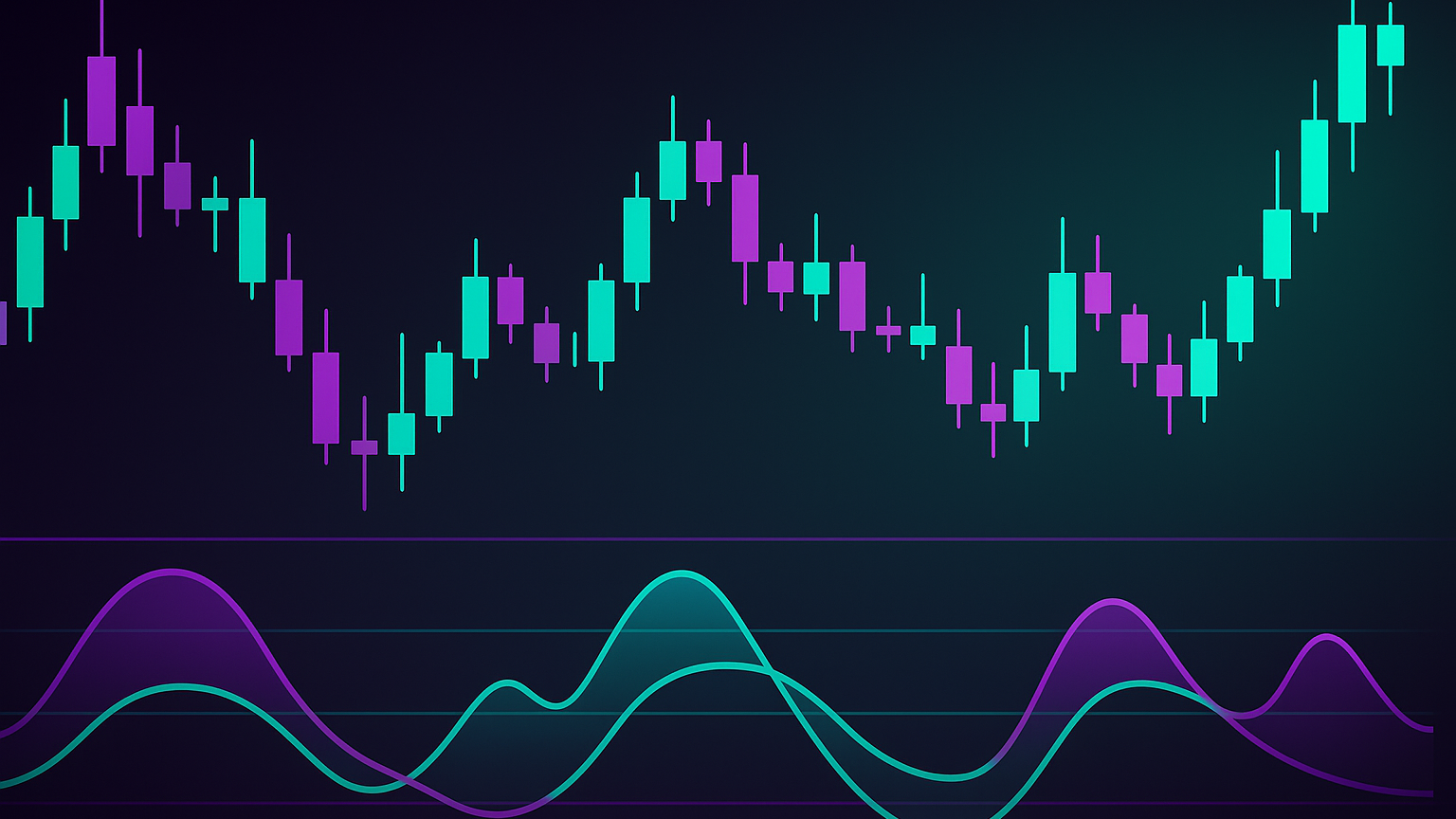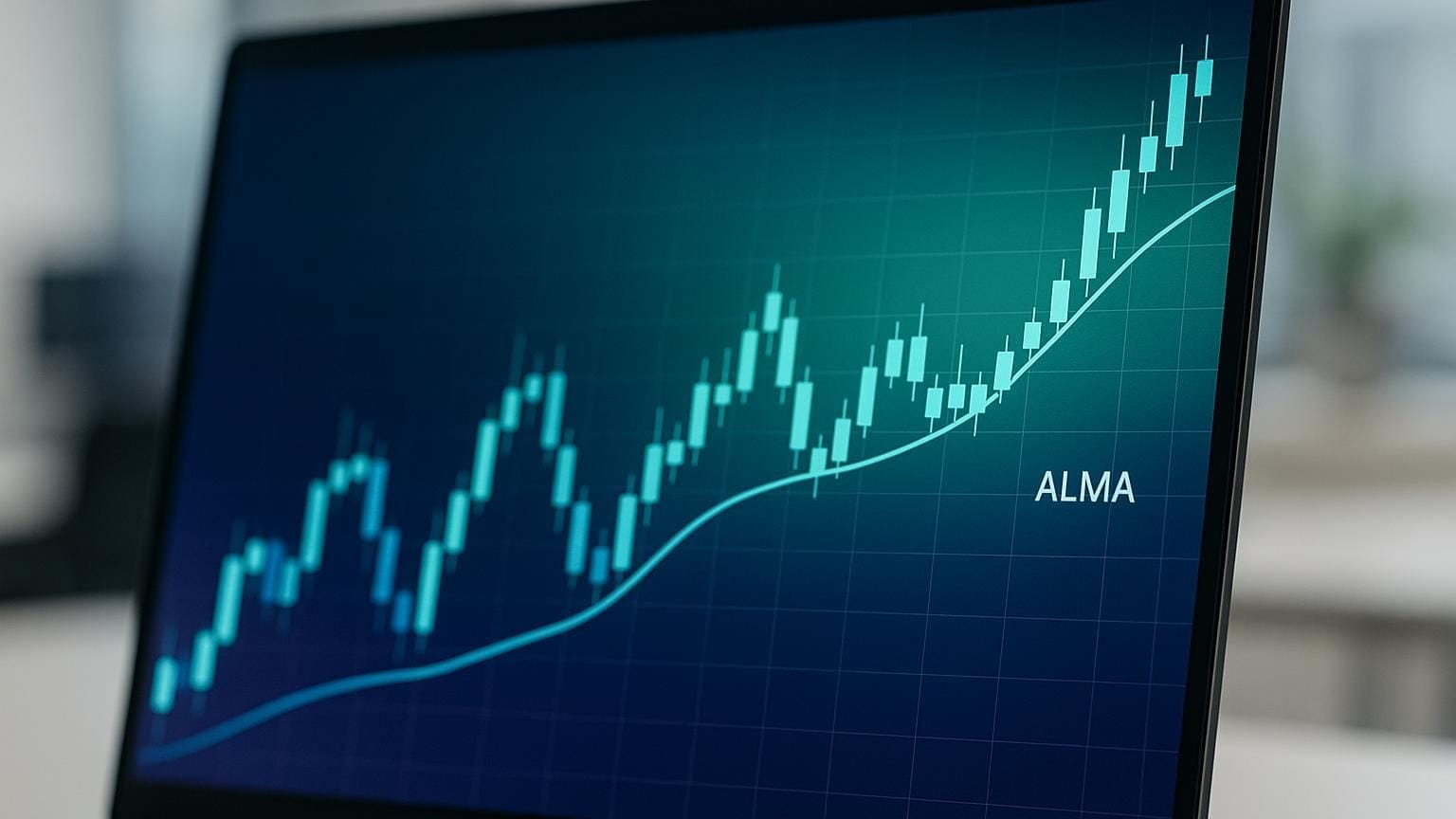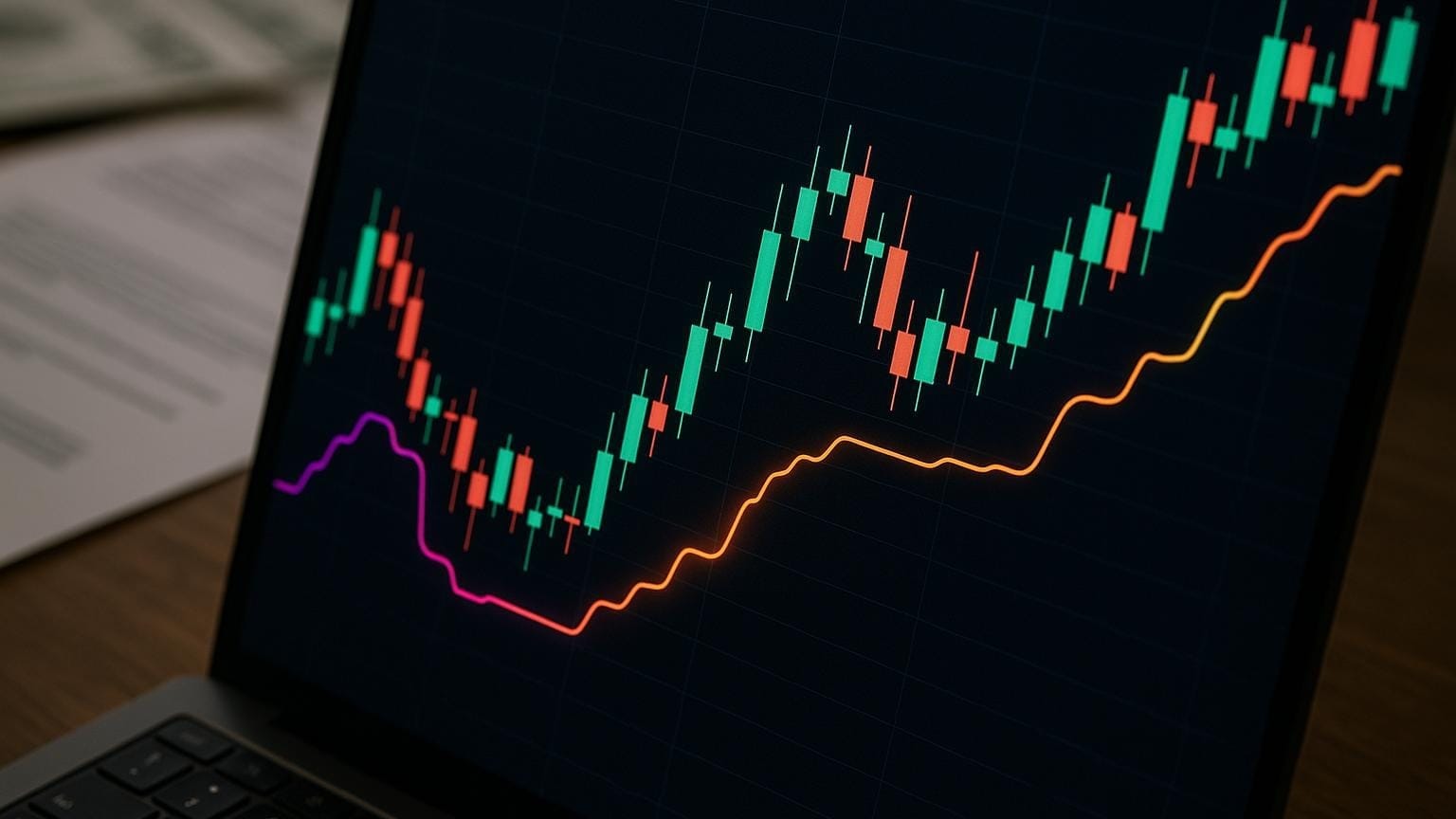Learn how star candlestick patterns can signal market reversals, enhancing your trading strategies with effective risk management.
Star candlestick patterns are essential for traders to identify potential market reversals. These formations consist of three candles: one following the current trend, a smaller “star” showing indecision, and a final candle signaling a reversal. Here’s what you need to know:
- Types of Star Patterns:
- Morning Star: Bullish reversal after a downtrend.
- Evening Star: Bearish reversal after an uptrend.
- Doji Star: Signals indecision, context-dependent.
- Why Use Star Patterns?:
- Clear entry and exit signals.
- Built-in stop-loss levels.
- Early trend-reversal clues.
- Works across stocks, forex, crypto, and commodities.
- How to Trade Them:
Star patterns become more powerful when combined with technical confirmations and disciplined risk controls. Read on for detailed strategies and examples.
Morning Star Candlestick Pattern: How to Identify Perfect Morning Star Pattern
Types of Star Patterns
Star candlestick patterns identify market reversals and highlight trading opportunities. Here’s a breakdown of the most common star patterns and what they suggest about market trends.
Morning Star Pattern
The morning star signals a potential upward reversal during a downtrend. It consists of three candles:
| Component | Description |
|---|---|
| First Candle | A long bearish candle that continues the downward trend. |
| Second Candle | A small-bodied candlestick with gaps on both sides, signaling hesitation. |
| Third Candle | A long bullish candle that closes above the midpoint of the first candle. |
Research indicates that morning star patterns have a 60-75% success rate in predicting reversals. For confirmation, the third candle must close at least halfway into the body of the first candle.
Evening Star Pattern
The evening star appears at the peak of an uptrend, signaling a shift from bullish to bearish momentum. Its reliability increases with a strong prior uptrend, visible price gaps, and a decisive bearish third candle.

"When movement reaches an extreme, there is stillness. This stillness gives rise to Yin (downward trend)."
– Steve Nison
Doji Star Pattern
Doji stars reflect market indecision and can hint at reversals after significant price movements. Their meaning depends on the context:
| Pattern Type | Market Context | Signal |
|---|---|---|
| Morning Doji Star | Strong downtrend | Bullish reversal |
| Evening Doji Star | Strong uptrend | Bearish reversal |
| Isolated Doji | Any trend | Market indecision |
"When looked at in isolation, a doji tells traders that neither buyers or sellers are gaining, it's a sign of indecision or neutrality."
– Anzél Killian, Lead Financial Writer
To reduce false signals, pair doji star patterns with momentum indicators and volume analysis. This combination helps confirm potential reversals.
Pattern Recognition Methods
Combine visual recognition with technical tools to reduce false signals and ensure reliable analysis of star patterns.
Pattern Identification Steps
Look for these clear visual traits on price charts:
| Component | Characteristics to Look For |
|---|---|
| First Candle | A long body moving in line with the current trend |
| Middle Star | A small body with gaps on both sides |
| Final Candle | A strong reversal candle moving against the trend |
Pay attention to key support and resistance levels. The middle star must visibly stand apart from its neighbors, signaling a pause in momentum. Once identified, technical confirmation is required for accuracy.
Pattern Verification Tips
- Volume Analysis
Look for increasing volume with the highest on the third candle to confirm reversal pressure. - Multi-Timeframe Confirmation
Check the pattern across different timeframes to align with the overall market structure. - Technical Indicator Alignment
Combine star patterns with:- MACD crossovers supporting the reversal
- Moving averages indicating trend shifts
- Major support or resistance levels confirming the setup
"Volume is often considered the second most important data piece on a trading chart, right behind price. However, they go hand in hand." – John McDowell
Trading with Star Patterns
Star patterns provide clear trade signals when confirmed, helping traders time entries and exits more effectively.
Entry and Exit Timing
Always wait for the third candle to complete before entering a trade.
| Trade Component | Morning Star | Evening Star |
|---|---|---|
| Entry Trigger | Third candle closes strongly bullish | Third candle closes strongly bearish |
| Stop-Loss Placement | Below the pattern low | Above the pattern high |
| Initial Target | Pattern height projection | Pattern height projection |
Confirmation is key – look for rising volume on the third candle to validate the setup.
Combining Indicators for Better Accuracy
Pair star patterns with additional indicators for more reliable trades:
- Momentum indicators like RSI or Stochastic to check oversold or overbought conditions
- Trend indicators such as moving average crossovers to confirm direction
- Volume analysis to gauge trading pressure
- Support and resistance levels to pinpoint critical zones
Examples of Pattern Trading in Action
UKBRENT Daily Chart
An evening star formed, supported by MFI and Stochastic exiting overbought. A MACD crossover confirmed bearish momentum.
- Entry point: 92.00
- Stop-loss: 96.47
- Profit target: 82.58
- Indicators: MFI, Stochastic, MACD
Natural Gas Trade (June 7, 2022)
A clear bearish reversal:
- Initial price: ~$8
- Confirmation: Strong third red candle
- EMA cross: Confirmed bearish trend
- Result: Dropped to $6, ~25% profit
"When movement reaches an extreme, there is stillness. This stillness gives rise to Yin (downward trend)." – Steve Nison
Risk Control for Pattern Trading
Effective risk control is key—dependable patterns can still lose without proper stops and sizing.
Stop-Loss Placement
For bearish stars place stop-loss above the pattern high; for bullish stars below the pattern low. This ensures exit if invalidated.
| Pattern Type | Stop-Loss Placement | Reason |
|---|---|---|
| Bearish Star | Above pattern high | Invalid if price rises above |
| Bullish Star | Below pattern low | Invalid if price drops below |
Position Size Guidelines
Risk 1-2% of account per trade for consistency. Advanced traders may adjust based on pattern quality and conditions.
Example: $10 000 account, risk 1%, buy 100 shares at $10 with stop at $9 limits loss to $100.
"Being able to size your positions correctly to achieve a specific risk level is essential for consistency." – Rolf
- Risk only 1-2% per trade until confident.
- Use a reference sheet for position sizing.
- Calculate size after setting stop-loss.
- Confirm signals with additional indicators.
- Analyze volume to gauge pattern strength.
Conclusion
Key Points Summary
Star candlestick patterns are powerful reversal signals when paired with technical confirmations and disciplined risk management.
| Pattern Type | Key Recognition Points |
|---|---|
| Morning Star | Three-candle bullish formation with a small middle candle |
| Evening Star | Three-candle bearish formation with a small middle candle |
| Doji Star | Features a doji as the middle candle |
Implementation Guide
Pattern Verification Process
Ensure the pattern is fully formed and meets size and placement criteria.
Technical Integration
Combine star patterns with additional tools to improve signal reliability.
"All candlestick patterns must be interpreted in context with the current market structure, not in isolation."
Risk Management Framework
Adopt these measures to safeguard trades:
- Focus on higher timeframes (H1 and above).
- Confirm third candle strength with volume before entry.
- Set stop-loss orders based on pattern structure.








